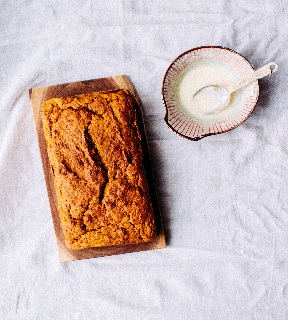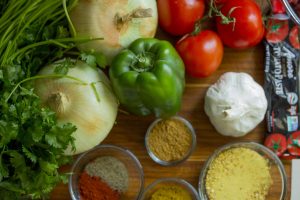What is tahini? Most of us are unsure what tahini is, if it’s a sauce, paste, or something else. What’s the Tahini: Definition?
Here’s the Tahini: definition.
Origin
Tahini is taken from the Arabic word “tahiniyya”. Its verb form is “tahana” which means “to grind”. The word “tahini” was known by English people in late 1930s. This is when they knew raw tahini were it is still unprocessed and no other ingredients was added into it. In Persia, they called this as Ardeh.
History
Ardeh, which means “holy food”, in Persia were sesame butter or paste which was the result of grinned toasted sesame seeds. It’s a popular condiment throughout Asia, Middle-east, Africa and India.
In Greek, they use sesame seeds not only for their cuisine but also to be an ingredient of their medicine due to its high nutritional content.
In World War II, aviators in Turkey was said to be more powerful and clever against their enemies. They claimed that this was because of their daily meal contains tahini which improve their overall performance.
These sesame seeds were renowned to be food of immortality since it fills and nourishes a person’s body, mind, and soul. There physical, mental, and emotional well-being works at its peak.
We still have tahini paste now which is already part of our lives. It uses were innumerable. From medicine usage, vitamins, ingredients for our dishes and pastries as well. And it’s growing around the world.
Types of Tahini
The level of nutritional contents of tahini depends how it is processed. The process also affects its tastes, too. Here are types of tahini which shows their tastes, texture, and nutritional values from lowest to highest.
- · Dark roasted and hulled – it has the thickest texture among all types. It has a dark color, bitter in taste and flavourful.
- · Lightly roasted and hulled – thick but it has a sweet taste among all type of tahini. It’s a good alternative of sweet creams.
- · Dark roasted and unhulled – it’s flavourful, more bitter among all kind. The texture is not a thick and not dense as well. Not too smooth, not to rocky.
- · Lightly roast and unhulled – smooth and a bit bitter and a but sweet also.
- · Raw and hulled – thick in consistency and just a bit bitter in taste.
- · Raw and unhulled – the thickest consistency among of them. And the taste? Quite awful. It’s really bitter.
Uses of Tahini
People commonly use tahini for dipping finger-foods, dressing to your salad greens, a spred on your favourite bread, and even an ingredient for your pastry. Some people would use this to make healthier meal (your favourite soup) and snacks like cookies and ice cream. Instead of using peanut butter and other dairy products, people use tahini. It’s a famous sesame paste for vegans. In hummus and baba ganoush dish, tahini is the main ingredient for making it.
To make tahini, you only need hulled or unhulled sesame seeds and olive oil. You can even add up herbs and spices if you want a spicy tahini.
Health Benefits
A tablespoon or two of tahini meets the daily nutrient requirement that your body needs. It’s rich in protein and calcium to strengthen your muscles, bones, and teeth. It’s a good source of antioxidant which is good for your skin. Before I forget, tahini has lecithin, magnesium, copper, and phosphorus which are needed by our body. Our cells also need good fats for healthy growth which a tahini paste can provide.
Now you know


